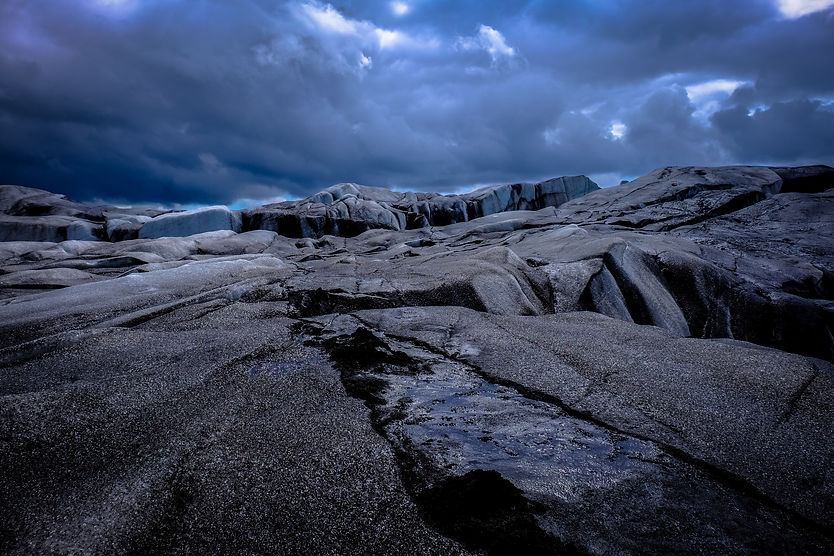
SCIENCE AND STONES
Stones are, quite literally, the building blocks of civilisation and human development.
The carefully carved stone that formed the spearhead, which once upon a time would be plunged into the woolly mammoth’s flesh, now towers above our heads in the form of great works of architecture. And the technological skills we have henceforth developed have given us the appliances and devices we so frequently use in our daily lives.
Tom’s writings take us from the fusing of atoms deep within ancient stars, through to the captivating story of Inigo Jones, the revered “architect of Britain”, and of the important role of stones in his life and work. You can buy Inigo’s Stones by Tom Williamson now via Amazon.
THE CAT’S EYE NEBULA
NGC 6543, the Cat’s Eye Nebula, in Draco. As in the Eskimo Nebula in Gemini, these intricate shells of glowing ionized gas were expelled from a central star system. The ionized gas includes atoms of nitrogen, oxygen, silicon and magnesium made inside the central stars.
Credit: Hubble Space Telescope, NASA/ESA

FROM THE MOUTH OF THE VOLCANO...

This stone from the Earth’s mantle was ejected by a volcano in Lanzarote, Canary Islands, in the 1730s. It is mostly made of the green silicate mineral olivine. High-magnesium olivines like this consist chiefly of oxygen, silicon and magnesium atoms made deep inside stars like those at the centre of the Cat’s Eye nebula.
Stone collected and photographed by Tom Williamson

HOW STONES HAVE SHAPED US
Though not as chemically versatile as the carbon-based molecules of life, minerals based on the stable silicon-oxygen-silicon bonds are typically hard, strong and durable.
The stability and abundance of these silicate-based stones means that they form the bulk of stony planets like the Earth. And, although these stones' liability to brittle fracture limits their technological uses, this property allowed our ancestors to fashion stone tools, thereby developing the technological skills that today give us appliances of science like washing machines and iPads.
A STONE UNIQUE TO OUR EARTH?
Apart from these universal stones made of silicate minerals, the Earth has its own special stones. They are the carbonate stones composed of minerals such as calcite and dolomite, which chiefly consist of carbon, oxygen, calcium and magnesium.
Small deposits of such carbonate minerals may occur on Mars, but they haven’t yet been found on other planets in the solar system.

PORTLAND STONE
This carbonate stone from a quarry on the Isle of Portland, England, is a pure oolitic limestone, consisting chiefly of oxygen, carbon and calcium. The cubes projecting from its lower surface are limestone casts of halite (sodium chloride) crystals.
Portland stones are easy to carve and resist decay in polluted urban environments like that of historical London. They were first used to build new Italianate classical buildings in London by famed British architect Inigo Jones (below) and his colleague, the mason and sculptor Nicholas Stone.
Courtesy: Albion Stone Quarries Ltd, photo by Tom Williamson


THE STORY OF INIGO JONES
A London Welshman who fell in love with Italy, Inigo Jones rose from humble beginnings to become the famed ’Architect of Great Britain’, friend of masons, kings and queens and foe of Ben Jonson and Thomas Wentworth, first earl of Strafford.
Apart from one recent biography by a journalist, Inigo’s story has hitherto been the preserve of historians of art and architecture. Yet stones, the masons who carved and understood them, the aristocrats who owned them, the ruined stones of Rome, the giant monoliths of Stonehenge, the creamy stones of Portland, the distant marbles of Ireland, played an important part in Inigo’s life.
Living on the Isle of Portland, near the cliff-side quarries that Inigo and the mason Nicholas Stone revitalised in the early 1600s, Tom became fascinated with the multifaceted story of Inigo’s stones.
Photo: Portrait of Inigo Jones painted by William Hogarth in 1758 after a 1636 painting by Sir Anthony van Dyck.


